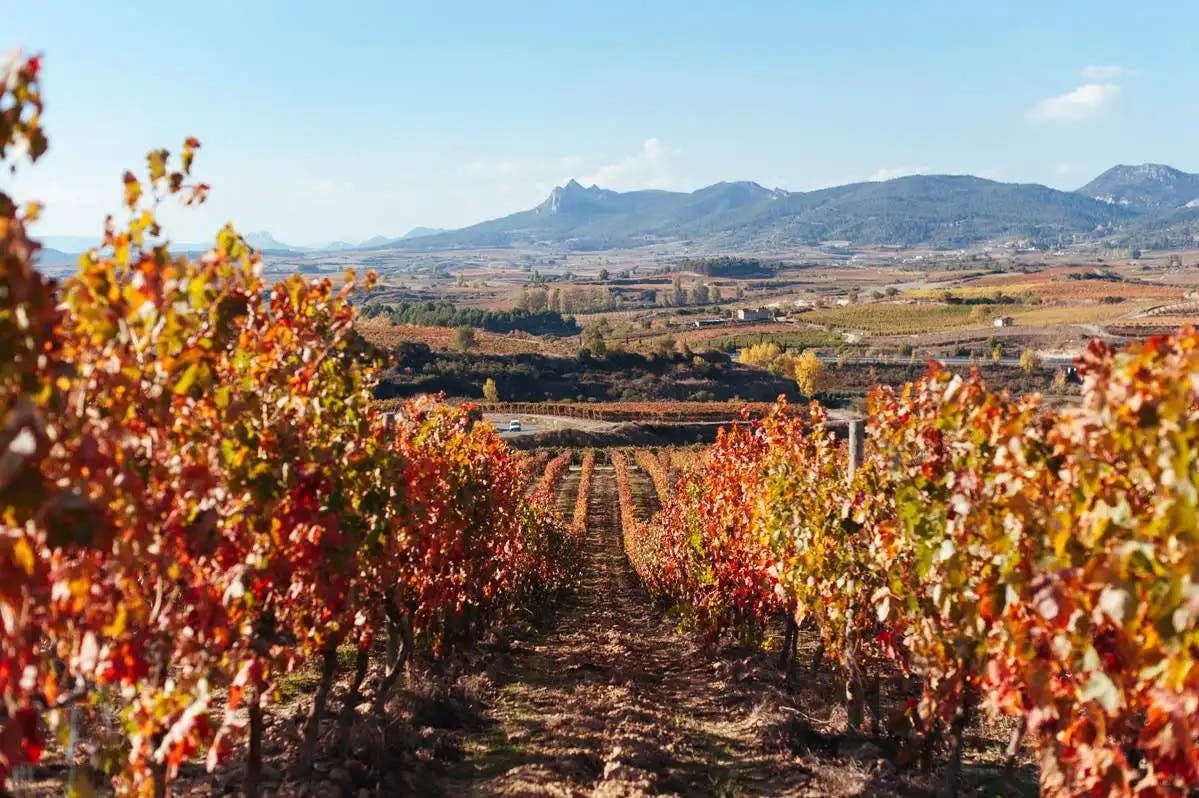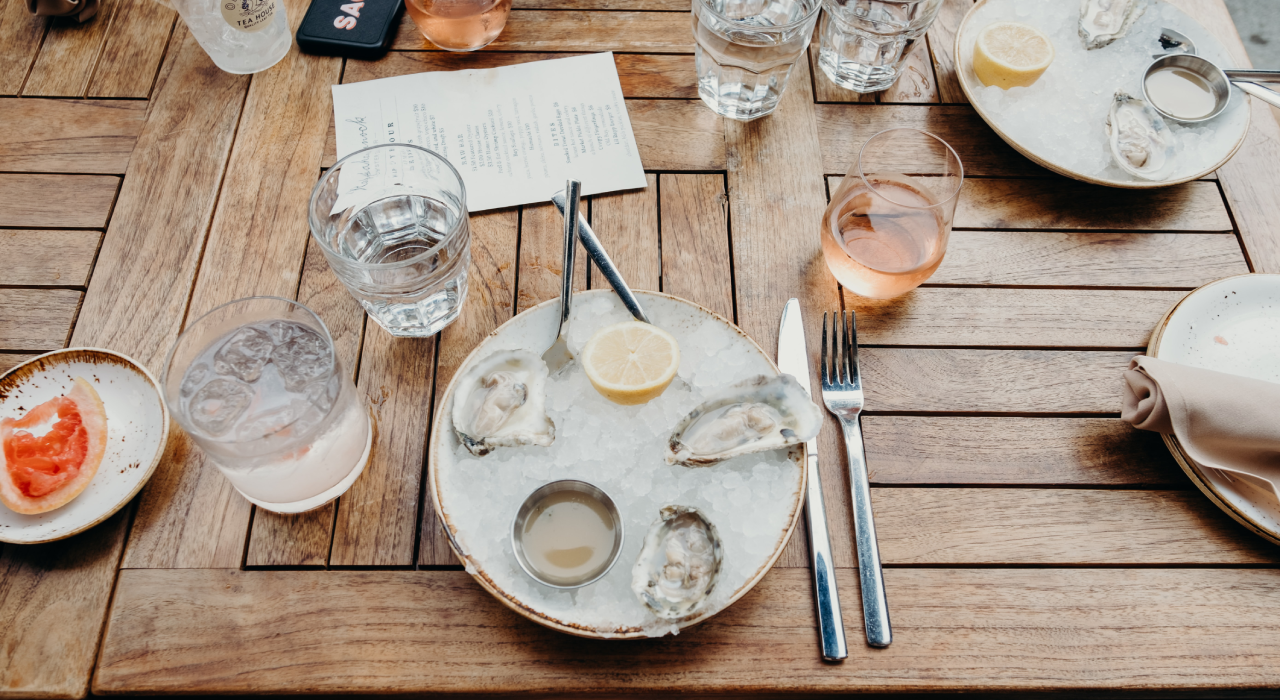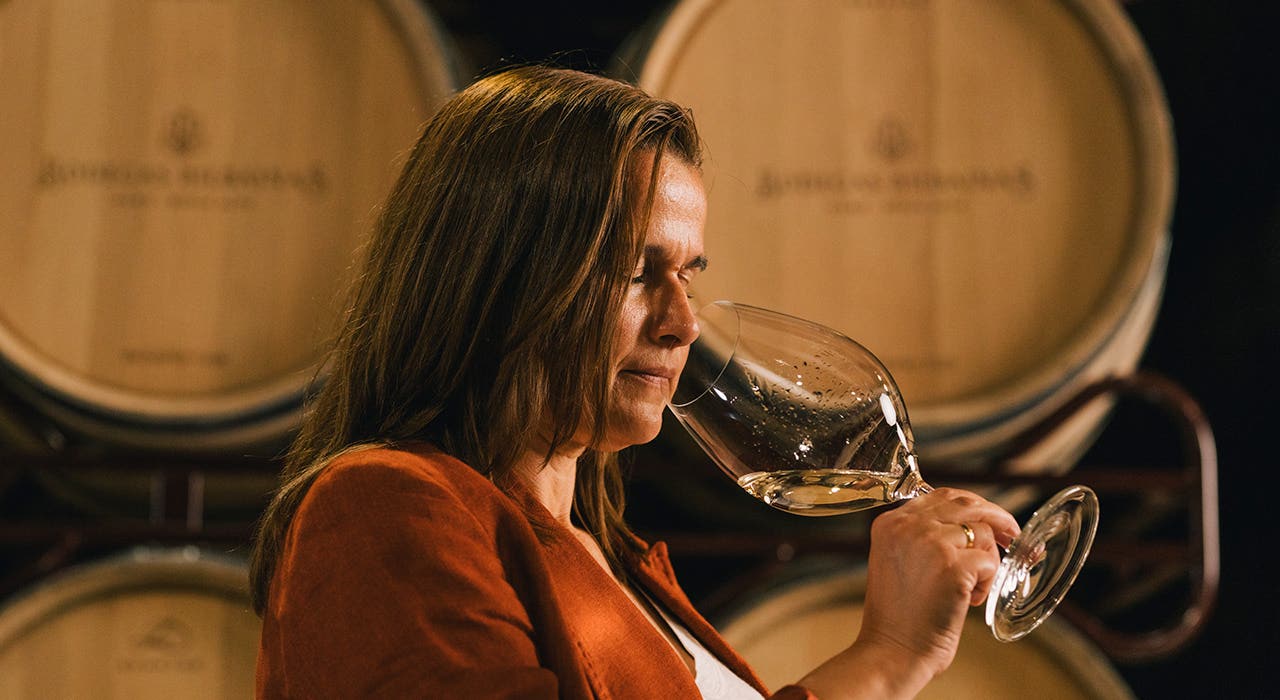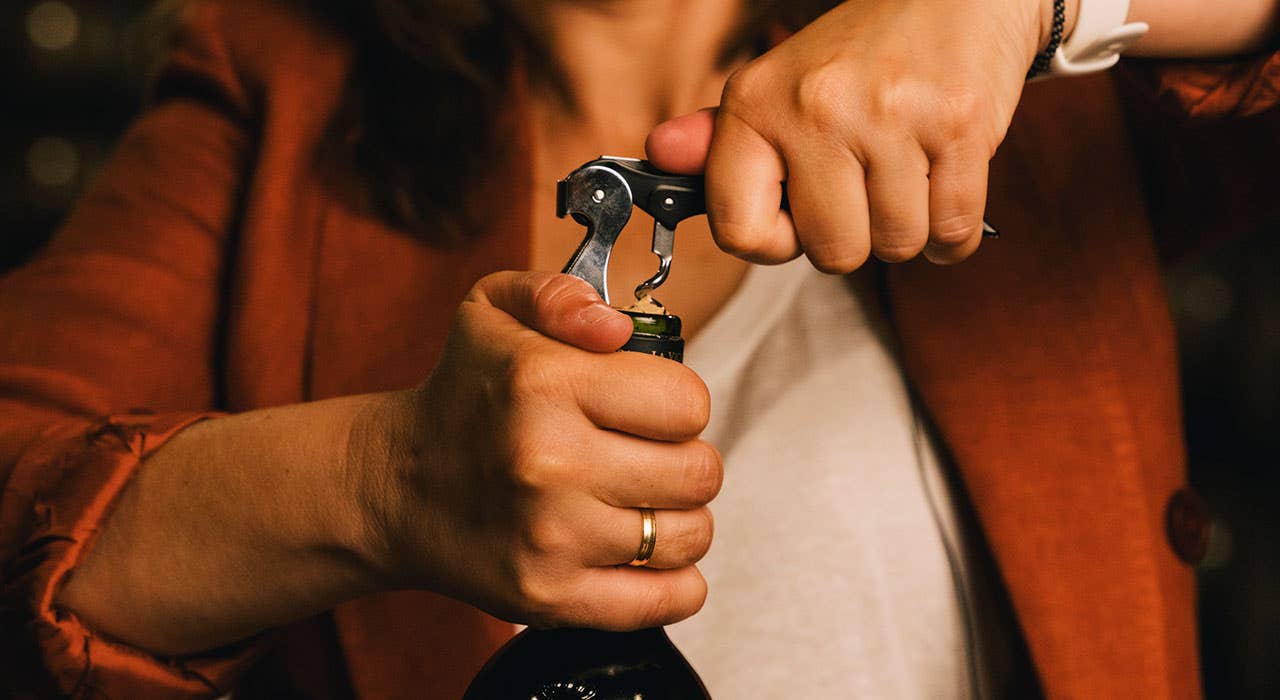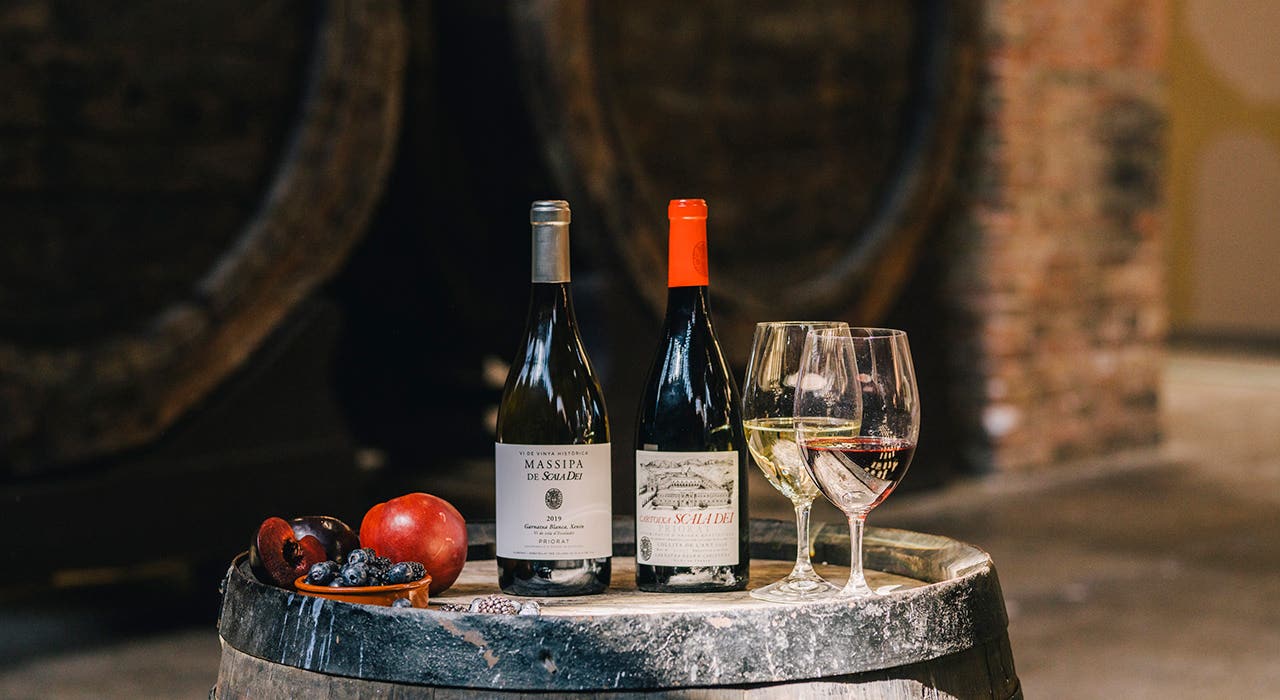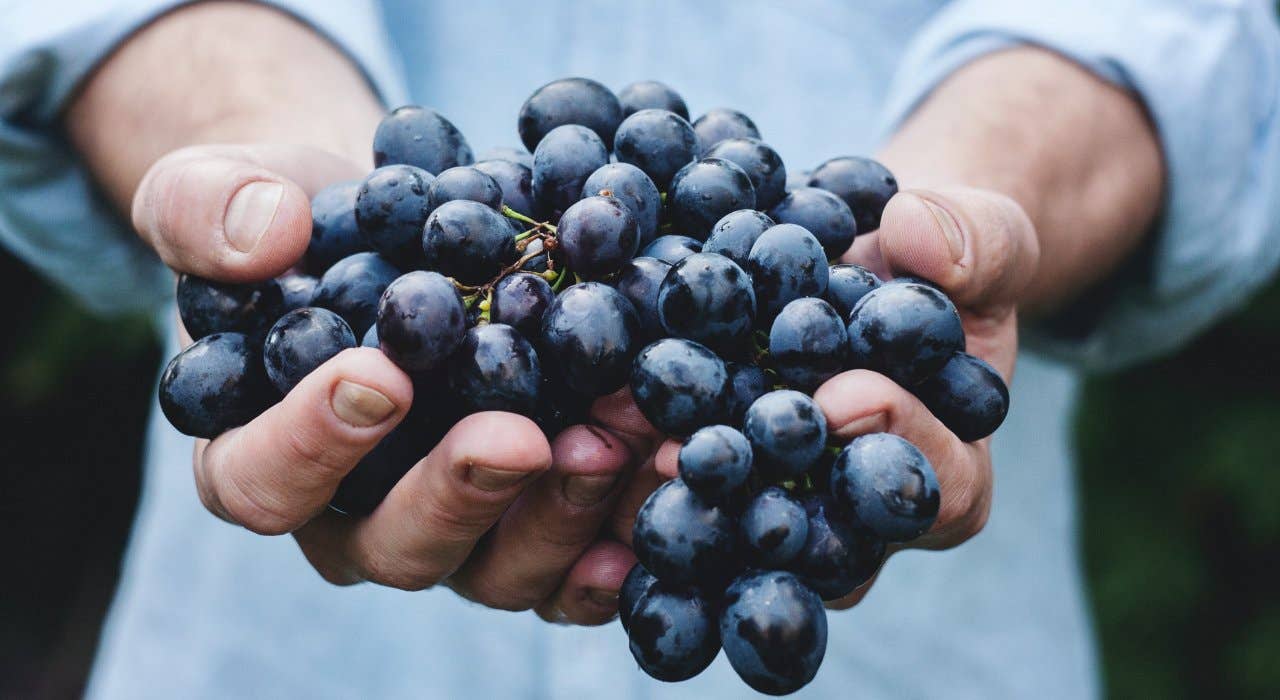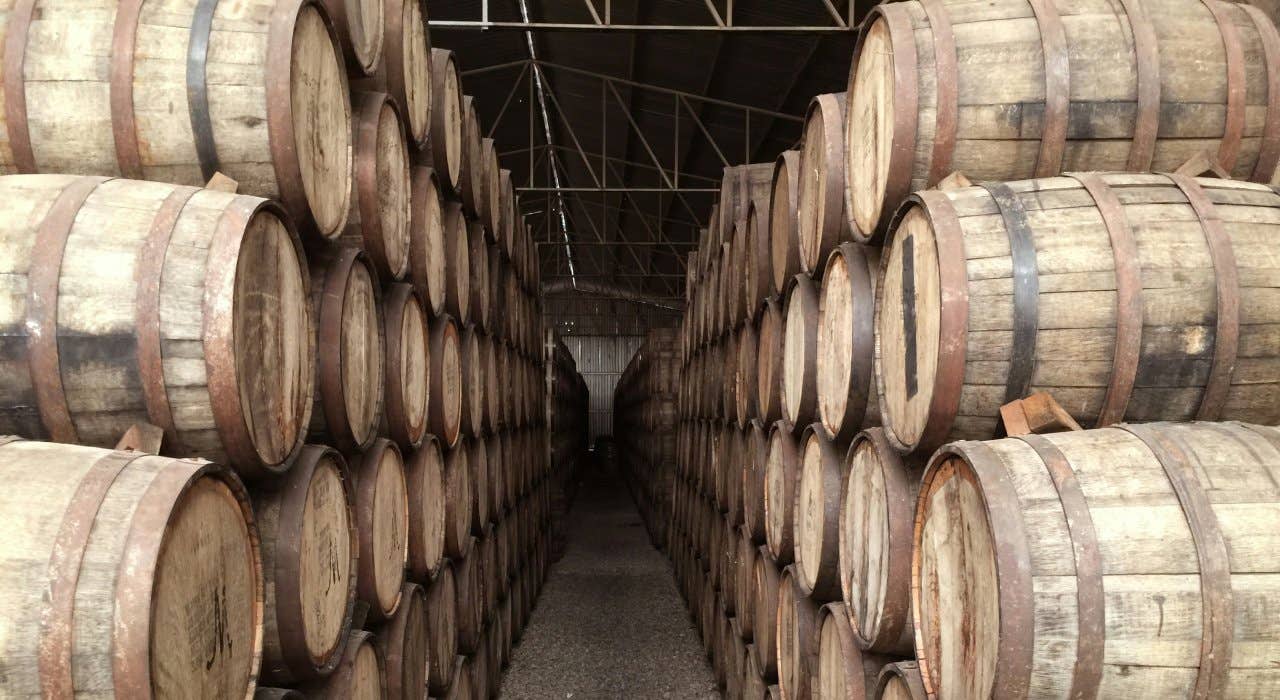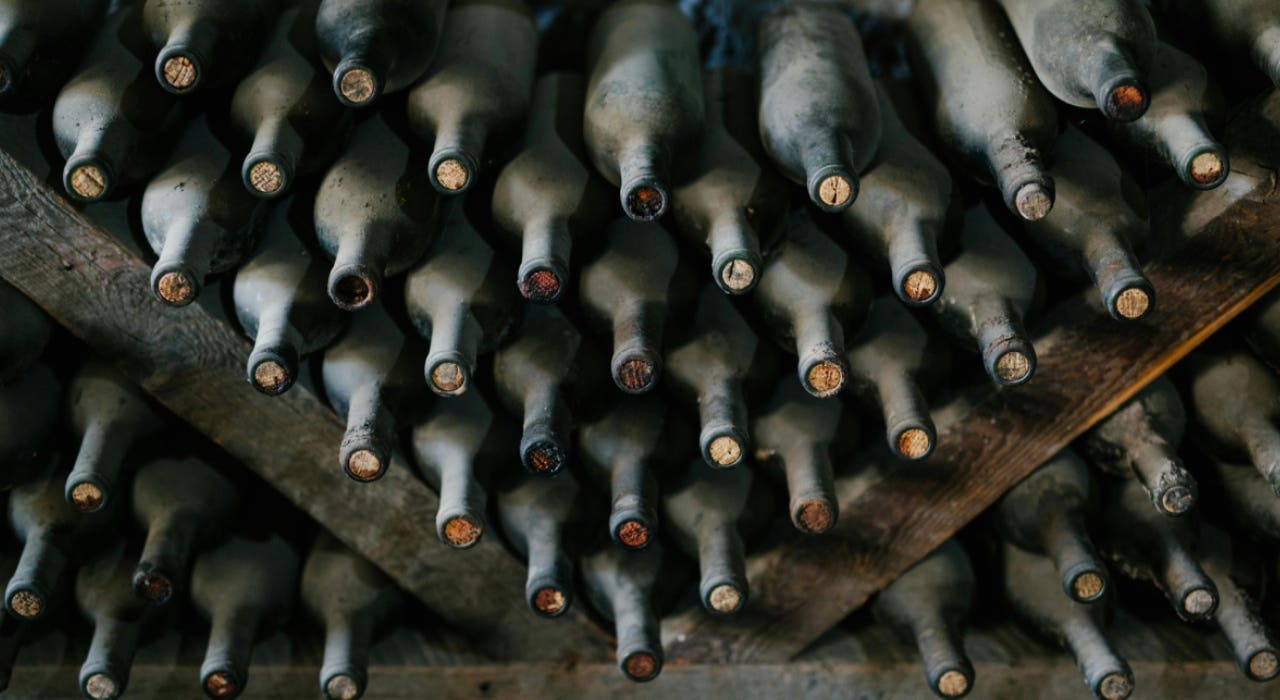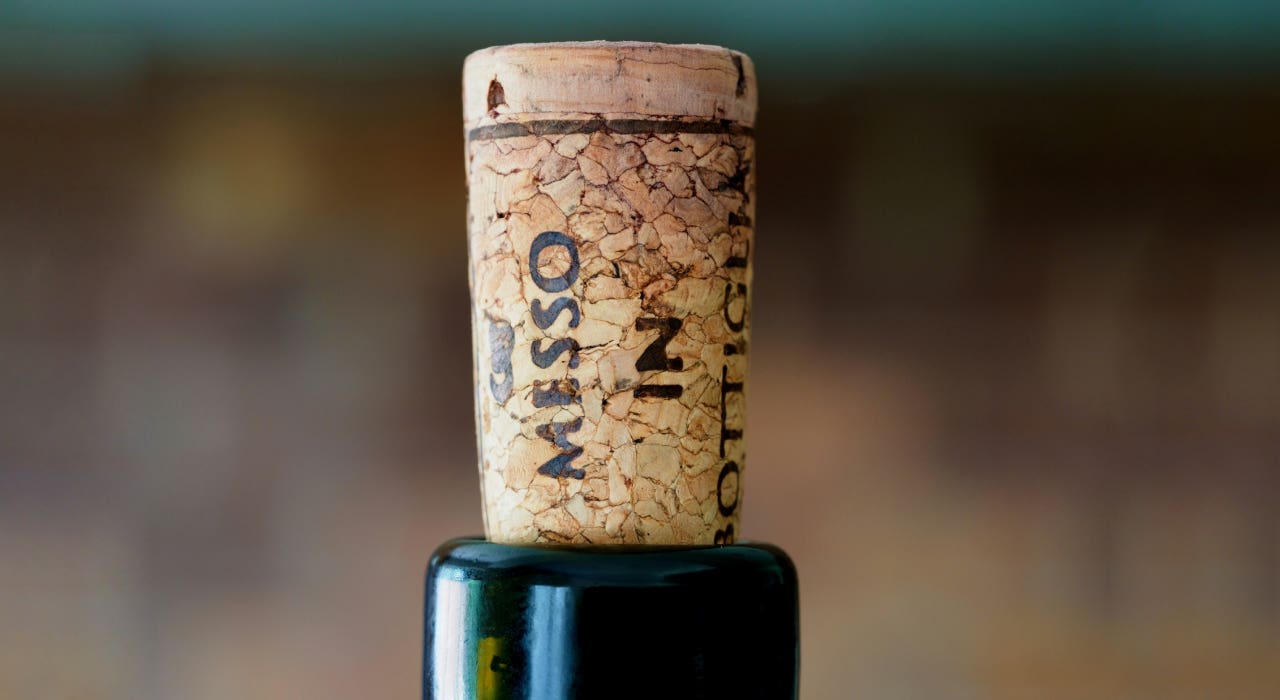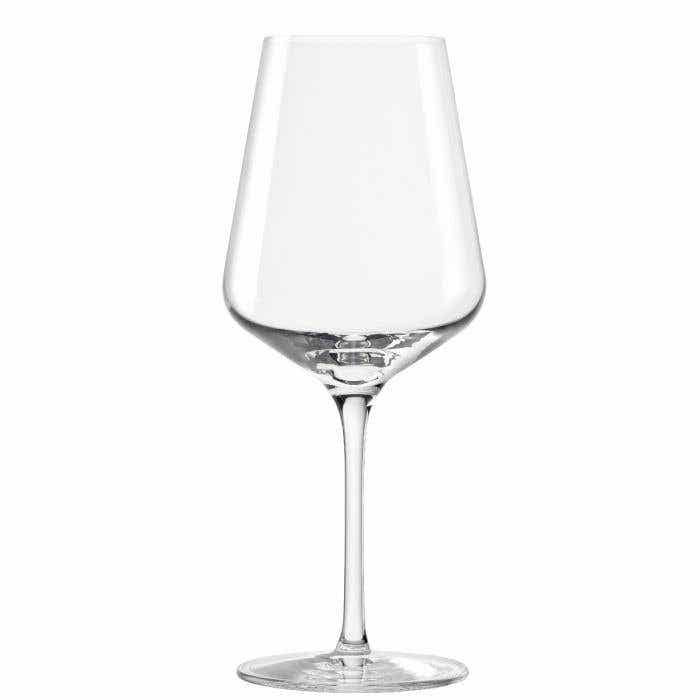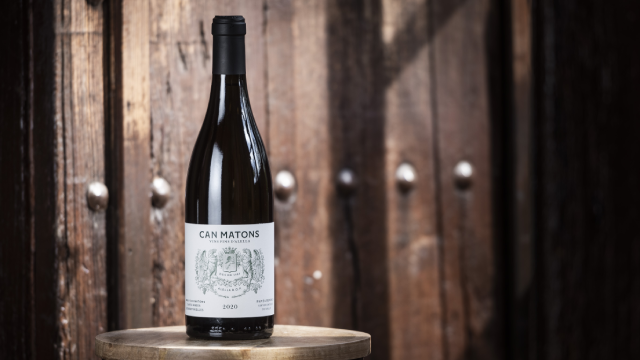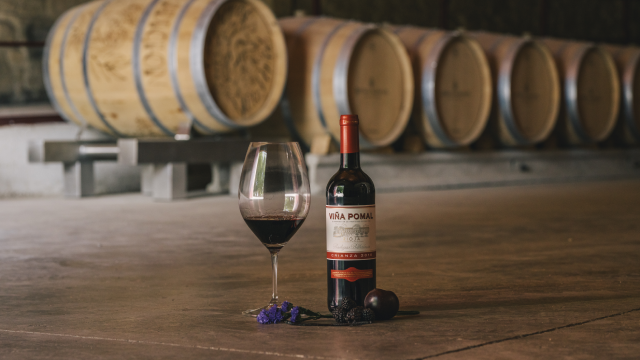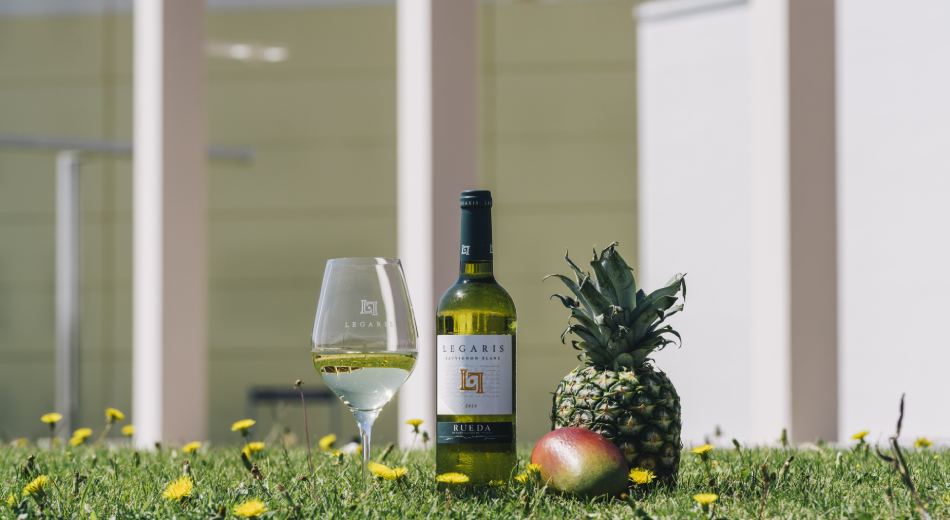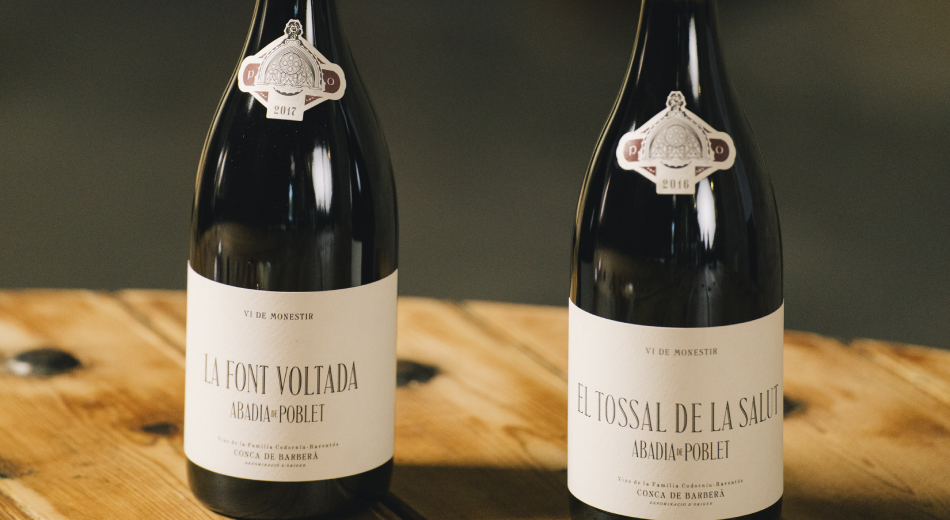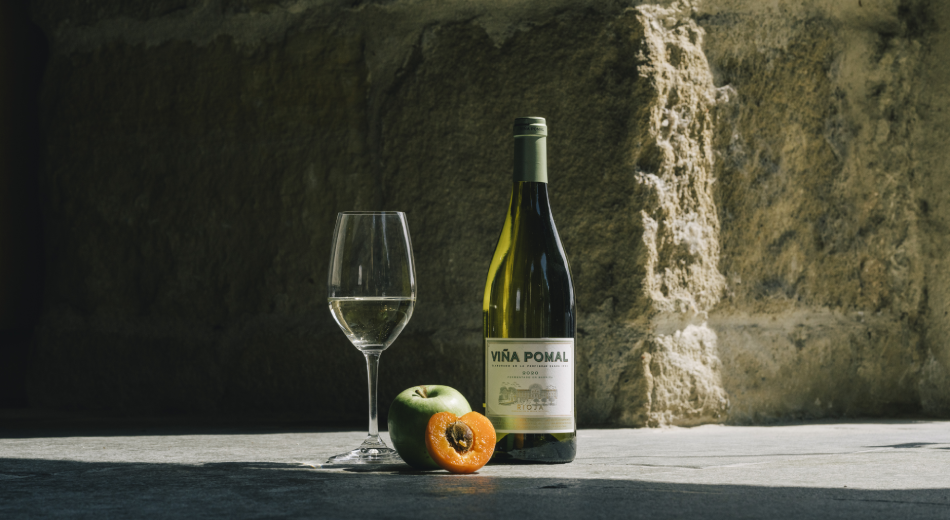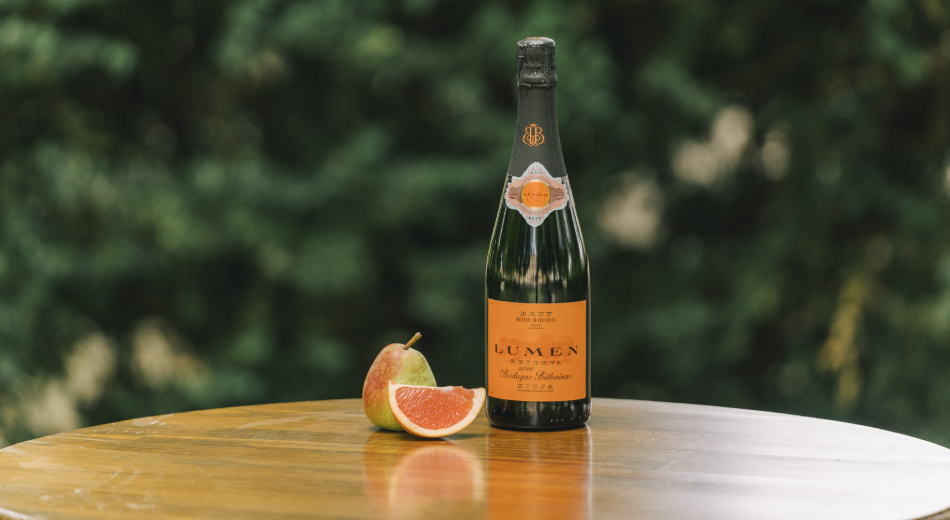The example of Raventós Codorníu
The growing sensitivity of winegrowers and consumers to the planet’s environmental situation has led to strong opposition to the use of heavier-than-average weight packaging. So, in Canada, the Ontario Liquor Control Board has started to apply surcharges to wineries that do not comply with the 420 g maximum standard weight requirement. And in France, the Comité Interprofessionnel du vin de Champagne introduced in 2010 the 835 g bottle, which reduced the standard 900 g model by 65 g, with the aim of reducing carbon emissions.
The objective of using lighter wine bottles to contribute to the preservation of the environment has also been imposed in Spain, where the Raventós Codorníu group introduced in 2010 the Futuro bottle, with a specific design for its Cavas and 100 g lighter than the generic 900 g model, which was then used for bottling sparkling wines.
With this initiative, Codorníu would reduce CO2 emissions by more than 1,000 tons per year. An 11% reduction in weight would reduce gas emissions throughout the production process, at a rate of 25 grams of CO2 per bottle. The measure also made it possible to reduce the ecological impact of cellar handling and transportation of the Cavas, as well as recycling. Currently, CO2 grams have also been reduced to 50 grams per bottle, as a result of reducing transportation, handling, and final waste. In this regard, Codorníu has always been a pioneer in reducing its carbon footprint in the Cava sector.
Jancis Robinson and Carlos Delgado: the experts’ opinion
British Master of Wine, critic, and writer, Jancis Robinson, is one of the expert voices most involved in raising awareness among wineries and public opinion about the importance of reducing the weight of bottles. In Spain, Carlos Delgado, wine critic at El País, has also taken a stand against the use of excessively heavy glass containers, publishing in 2014, in his blog, an article entitled La insoportable pesadez de la botella (the unbearable heaviness of the bottle), from which we extract this paragraph:
"We live in a society where the container has the same, if not more, importance than the content. The external appearance is often valued above the intrinsic virtues of a product. This supremacy of the ancillary over the substantial allows savvy marketers to give the appearance of superior quality to mediocre products. That doesn’t mean, of course, that any wine bottled in 800-gram or larger bottles can’t be very good, even excellent"
The debate over weight is yet another chapter in the long history of wine and its relationship with the glass bottle. Three centuries later, it is still the most suitable container to hold, transport, store, and serve this beverage. Especially, because it has the advantage of being an inert container, which does not alter the characteristics of the liquid it contains.
If you wish to delve deeper into the world of wine, here are some suggestions that may be of interest to you, of different types of bottles and weights, the best wines to give as a gift. Choose the one that suits you best!
